The show opened on schedule and has undergone some tweaking since then. I was at the WCMA this past week for for a video walk-through of the show and took two additional pieces with me.
The platter on the left, "A Sign of the Times", was made from wood from the old A-frame at the House of Industry and Refuge which is now the Wellington County Museum and Archives (WCMA). You can find out more about the A-frame here.
The platter on the right, "Historical Elegance", is from one of the original window frames from Langdon Hall. It is replacing another piece from langdon Hall that was sold recently. For the story on these pieces, click here.
I received an email yesterday that informed me that the A-frame platter has now been sold also. I have to get working on a replacement piece!
The platter on the right, "Historical Elegance", is from one of the original window frames from Langdon Hall. It is replacing another piece from langdon Hall that was sold recently. For the story on these pieces, click here.
I received an email yesterday that informed me that the A-frame platter has now been sold also. I have to get working on a replacement piece!

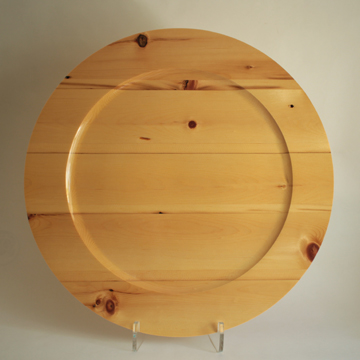
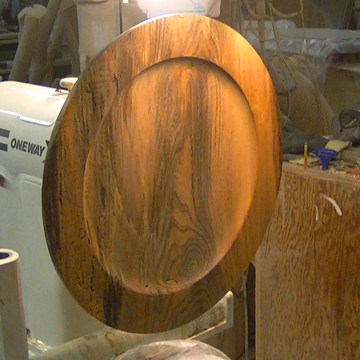
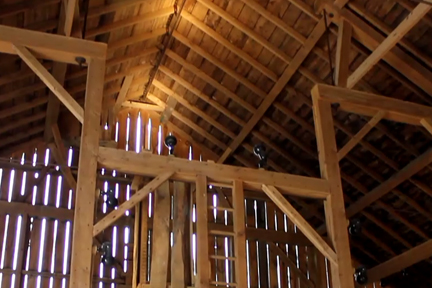
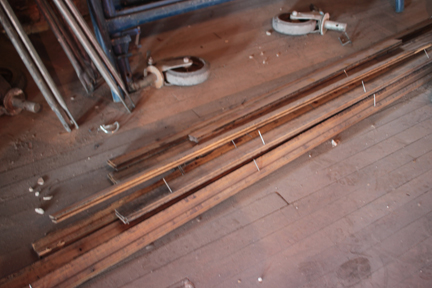
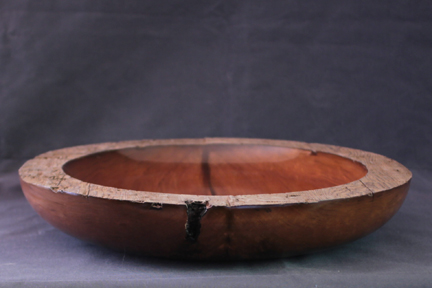

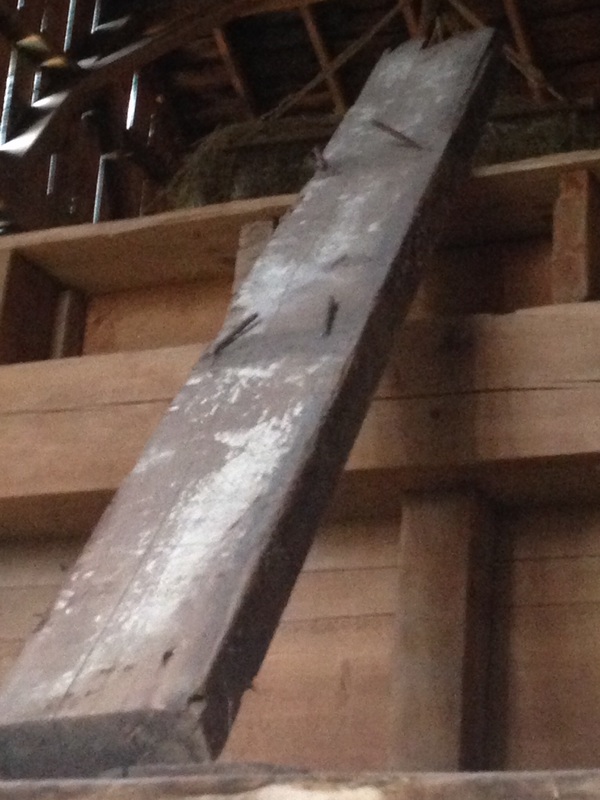
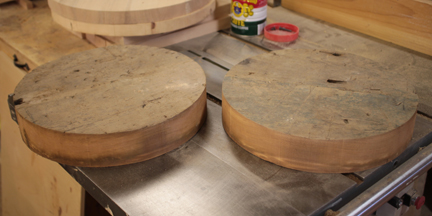

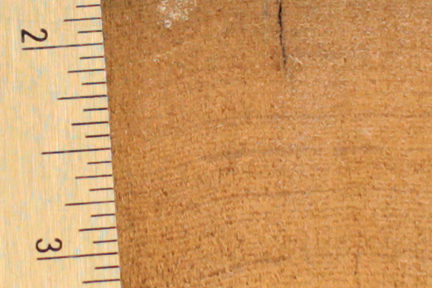
 RSS Feed
RSS Feed
